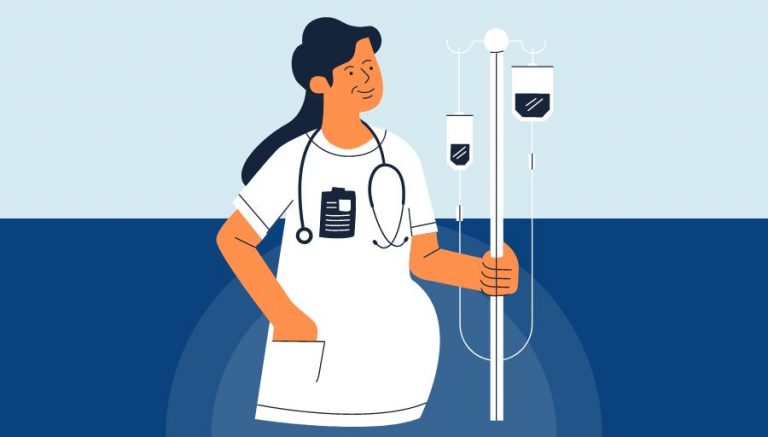How To Use CPT Code 55250
CPT 55250 describes a surgical procedure involving the cutting and suturing of the vas deferens, either on one side or both sides. This article will cover the description, procedure, qualifying circumstances, appropriate usage, documentation requirements, billing guidelines, historical information and billing examples.
1. What is CPT Code 55250?
CPT 55250 is a code used to describe a surgical procedure that involves the cutting and suturing of the vas deferens. This procedure can be performed on either one side or both sides of the scrotum. It is important to note that the code remains the same regardless of whether the procedure is performed unilaterally or bilaterally.
2. Official Description
The official description of CPT code 55250 is: ‘Vasectomy, unilateral or bilateral (separate procedure), including postoperative semen examination(s).’ This code encompasses the entire procedure, from the initial surgical intervention to the postoperative semen examination(s) that may be performed.
3. Procedure
- The surgical site is prepared and draped in a sterile manner.
- A local anesthetic is applied to the area to minimize discomfort.
- A small incision is made on each side of the scrotum, allowing access to each vas deferens.
- The vas deferens is cut and usually a small piece is removed.
- The cut ends of the vas deferens are tied off and/or cauterized to ensure a secure seal.
- The incisions are then repaired in layers using sutures.
- Following the procedure, a postoperative semen examination may be performed to confirm the success of the vasectomy.
4. Qualifying circumstances
CPT 55250 is typically performed on patients who have made the decision to undergo a vasectomy as a form of permanent contraception. The procedure may be performed unilaterally (on one side) or bilaterally (on both sides) depending on the patient’s preference and needs. It is important to note that the code remains the same regardless of whether the procedure is performed unilaterally or bilaterally.
5. When to use CPT code 55250
CPT code 55250 should be used when a vasectomy procedure is performed, regardless of whether it is done unilaterally or bilaterally. This code encompasses the entire procedure, including the postoperative semen examination(s) that may be performed. It is important to accurately document the details of the procedure and the specific circumstances in the medical record to support the use of this code.
6. Documentation requirements
To support a claim for CPT code 55250, the following documentation is typically required:
- Confirmation of the patient’s decision to undergo a vasectomy
- Details of the surgical procedure, including whether it was performed unilaterally or bilaterally
- Documentation of the postoperative semen examination(s) performed
- Date of the procedure and the start and end times
- Any additional relevant information or complications encountered during the procedure
- Signature of the healthcare professional performing the procedure
7. Billing guidelines
When billing for CPT code 55250, it is important to ensure that the procedure is accurately documented and meets the criteria for this specific code. It should be noted that CPT code 55250 should not be reported if other codes, such as CPT codes 55240 or 55250, have already been performed within the previous seven days. Additionally, it is important to follow any specific billing guidelines provided by the payer to ensure proper reimbursement for the procedure.
8. Historical information
CPT code 55250 was added to the Current Procedural Terminology system on January 1, 1990. Since its addition, there have been no updates or changes to the code.
9. Examples
- A patient undergoes a vasectomy procedure on one side of the scrotum, with a postoperative semen examination confirming the success of the procedure.
- A patient decides to have a bilateral vasectomy procedure, with postoperative semen examinations performed to ensure the effectiveness of the procedure.
- A healthcare professional performs a vasectomy procedure on one side of the scrotum, with no postoperative semen examination required.
- A patient undergoes a bilateral vasectomy procedure, with postoperative semen examinations performed to confirm the success of the procedure.
- A vasectomy procedure is performed on one side of the scrotum, with a postoperative semen examination revealing the presence of sperm and the need for further evaluation.
- A patient undergoes a bilateral vasectomy procedure, with postoperative semen examinations showing no presence of sperm, indicating the success of the procedure.
- A healthcare professional performs a vasectomy procedure on one side of the scrotum, with no postoperative semen examination required.
- A patient decides to have a bilateral vasectomy procedure, with postoperative semen examinations performed to ensure the effectiveness of the procedure.
- A vasectomy procedure is performed on one side of the scrotum, with a postoperative semen examination revealing the presence of sperm and the need for further evaluation.
- A patient undergoes a bilateral vasectomy procedure, with postoperative semen examinations showing no presence of sperm, indicating the success of the procedure.



